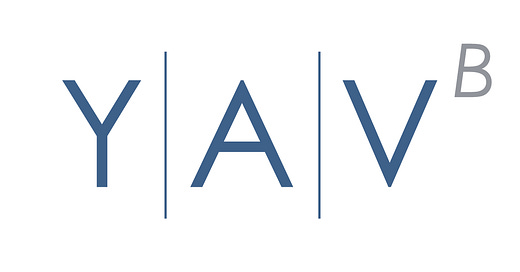TL;DR: Below is a lightly edited version of a letter we sent the WideOpenWest (WOW) board and special committee earlier this week; for a little more history on cable sector M&A and why we sent the letter, please see this post.
(Letter begins below):
Dear Special Committee of the WideOpenWest Board,
We have been long-term investors in WideOpenWest, having initially invested in 2019. We have a deep knowledge of both the company and the cable / telecom space in general.
We are writing in response to the recent bid from Crestview / DigitalBridge. While we can certainly understand the logic behind going private and would be supportive at the right price, the simple fact is that the current bid dramatically undervalues the company. Without a substantial bump in the bid price (whether from Crestview / DigitalBridge or another bidder), shareholders would be much better off if WOW remained a standalone company and pursued its current path.
There are a variety of ways we could highlight the undervaluation of the current bid. For example, at <5x EV / EBITDA, the bid comes at less than half the multiple of WOW’s asset sales in 2021. We would note that WOW was quick to highlight the assets sold in 2021 were not as strong as the assets retained. Yet the current bid values the retained assets at less than half the multiple of the 2021 sale. We understand the market for cable assets is not as robust today as it was then, but we believe a sale at the current bid would be the lowest valuation for domestic telecom assets in well over a decade (see, for example, the precedent transactions on p. 54 of Consolidated’s recent proxy:). The past decade of telecom asset transactions is mainly filled with copper / DSL assets transacting for ~5-6x EBITDA. Given copper / DSL is a dramatically worse asset than WOW’s modern cable infrastructure, we see no reason why we would even consider a sale at a lower multiple. We would further note that trailing EBITDA likely understates WOW’s true earnings power, as WOW has spent over $150m in growth capex over the past 24 months which is still scaling up / is not a material earnings driver yet.
However, perhaps our favorite metric to point out the dramatic undervaluation of the bid is to look at WOW’s asset value. WOW has spent ~$25m over the past three years on edge-outs; that spend has resulted in ~25k new homes passed for a cost/HP of ~$1k. This cost is a bit higher than the edge out cost WOW’s former CFO gave in the Q4’19 earnings call of ~$600-750/HP, which makes sense given inflation, some lag in getting homes built, and that current edge out spend includes associated CPE. Importantly, an edge out does not represent the replacement value of WOW’s overall network; it gives no value for WOW’s existing customer base, nor does it give value to WOW’s existing infrastructure (which an edge-out necessarily leverages, and without which an edge-out would be dramatically more expensive). Regardless, the current bid values WOW at <$700/HP, well below the cost WOW is currently building edge outs. Notably, this analysis ascribes no premium to WOW’s recent greenfield fiber buildout, which is wildly conservative given multiple recent M&A and securitization transactions that suggest newbuild fiber is worth multiples that valuation.
It would simply be unconscionable for the current board to let any bidder take advantage of the current weakness in cable stocks to buy WOW far below its replacement cost, let alone its intrinsic value.
Our recommendation to the board is simple: run a full process for WOW. Despite the current lull in public cable stock valuations, we think bidding for WOW would be robust. If we are correct and a buyer is willing to pay a fair price for WOW, we think a sale could make sense for all parties. If, however, the current lull in cable stocks means that buyers are only willing to take WOW private at a deeply discounted valuation, then we suggest WOW stay the course as a public company. It is not lost on us that WOW has run with >5x leverage as recently as late 2020; instead of going private at that valuation, we think WOW would be better served by increasing leverage to return capital to shareholders. Combine those shareholder returns with some aggressive cost cuts (we are unsure why a <$500m market cap company with WOW’s recent history of dismal performance paid ~$17m in stock comp in 2023) and fully realizing the fruits of the recent growth capex (and perhaps pursuing a fiber securitization as the fiber fully matures), and we believe over the next 2-3 years WOW could return more cash to shareholders than the current Crestview bid while they also retained full ownership in WOW’s equity.
Sincerely,
Andrew P. Walker, CFA


